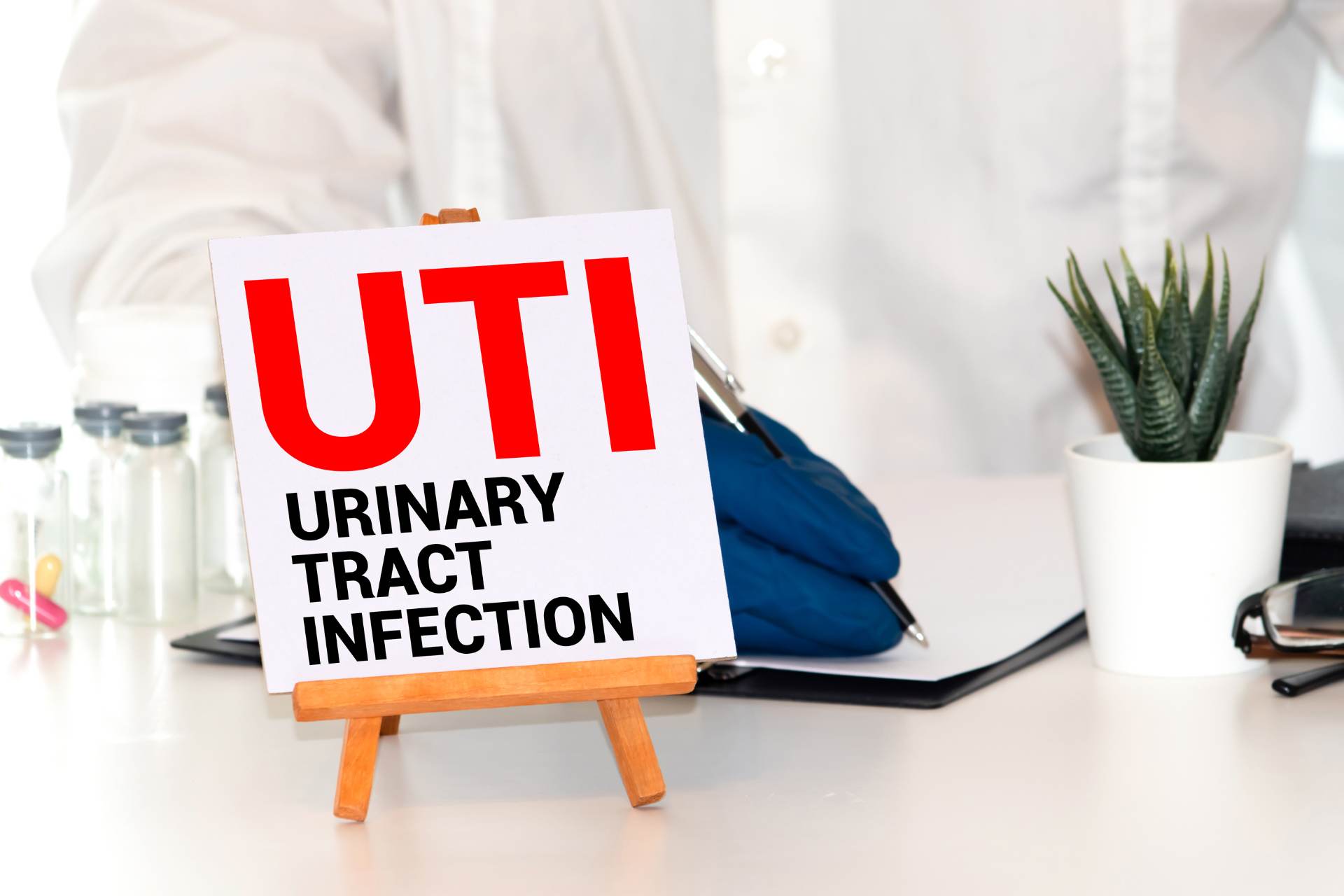Exploring the Impact of Menopause and the Urobiome on the Urinary Tract
Urinary tract infections (UTIs) are the most common bacterial infections in women. These infections occur when pathogenic bacteria, predominantly Escherichia coli (E. coli), enter the urinary tract, leading to symptoms such as increased urinary frequency, urgency, burning sensations, and abdominal tenderness. The primary route of bacterial entry is ascending from the periurethral space. In females, these bacteria usually come from the fecal flora that have colonized other areas of the pelvis, including the perineum, vaginal vestibule and urethra.
Our bodies possess natural defenses against UTIs. The flow of urine acts as a cleansing mechanism, and urine’s specific pH and osmolarity create an environment that inhibits bacterial growth. The urobiome, the collection of bacteria within the urinary system, further contribute to protection against pathogens. However, as we age this defense system weakens.
Recurrent UTIs are significantly more prevalent in postmenopausal women, and research indicates that sexual activity and the use of lubricants are not significant contributors. Instead, the decline in estrogen during menopause is largely responsible for the heightened prevalence of UTIs, with incontinence and pelvic organ prolapse also increasing one’s risk. Estrogen maintains the elasticity and moisture of vaginal and urethral tissues, as well as the volume and strength of pelvic floor muscles. Without estrogen, these tissues become more vulnerable to bacterial ascent, leading to infections. Estrogen also supports a healthy urobiome by promoting the growth of Lactobacillus, a beneficial bacteria essential in preventing infection.
The urobiome is a key consideration in understanding recurrent UTIs. A healthy urinary tract boasts a variety of microbes, with Lactobacillus being the most common, to support a diverse microbiome. Urobiome dysbiosis, which is an imbalance in the microbial composition in the urinary tract, creates an environment susceptible to infections and has been found in women with UTIs. Changes in the composition of the urinary microbiome have also been linked to non-infectious urologic conditions, including urinary urge incontinence, interstitial cystitis, and neurogenic bladder dysfunction. Notably, shifts in the microbiome may manifest UTI-like symptoms even in the absence of pathogenic bacteria. In these cases, the use of antibiotics can exacerbate the problem by creating further imbalance in the urobiome. For this reason, it’s important to support a diverse microbial community as each organism serves various functions to create and maintain a healthy urinary tract.
Preventing recurrent UTIs necessitates a multidimensional approach that supports both the urinary tissue and the urobiome. In menopause, vaginal estrogen emerges as a valuable tool, aiding in the maintenance of tissue integrity and promoting the growth of lactobacillus species to support a healthy urobiome. Laser therapy, such as the MonaLisa Touch, a therapy we offer at Amber Wellness Group, is another innovative method contributing to tissue restoration and infection prevention by rejuvenating vulvar and perianal cells. Complementary strategies, including herbal remedies and probiotics, further bolster urinary tract health. At Amber Wellness Group, we prioritize a comprehensive approach to recurrent UTIs, focusing on each patient’s unique health history and making personalized recommendations for the individual.
Citations
- Caretto, Marta; Giannini, Andrea; Russo, Eleonora; Simoncini, Tommaso (2017). Preventing urinary tract infections after menopause without antibiotics. Maturitas, 99(), 43–46. doi:10.1016/j.maturitas.2017.02.004
- Cichowski, Sara Beth. “UTIs after Menopause: Why They’re Common and What to Do about Them.” ACOG, Nov. 2023,
- Garofalo, Luciano, et al. “Whole-person, urobiome-centric therapy for uncomplicated Urinary tract infection.” Antibiotics, vol. 11, no. 2, 2022, p. 218,
- Thomas, Dr. Liji. “The Urobiome: Unveiling Its Role in Human Health and Disease.” News: Medical Life Sciences, 21 Aug. 2023,



